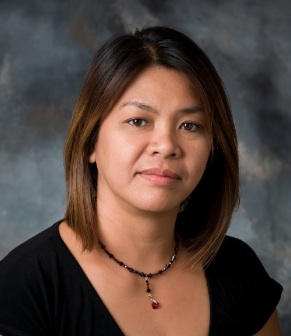
Features
Op-Ed
Moving the profession forward through unity, collaboration
 I have the privilege of taking over the reins as editor of Massage Therapy Canada. We thank the previous editor, Maria DiDanieli, for all her work in maintaining a high quality publication.
I have the privilege of taking over the reins as editor of Massage Therapy Canada. We thank the previous editor, Maria DiDanieli, for all her work in maintaining a high quality publication.
October 4, 2013 By Mari-Len De
Massage Therapy Canada is proud of its commitment to the massage therapy profession and to promoting the health of Canadians. If historical statistics are any indication, health-care providers are well positioned to play a greater role in the health-care landscape.
Based on data from the Canadian Community Health Survey, Canadians are increasingly seeking complementary and alternative health services. Between 1998 and 1999 about 3.8 million people reported having used the services of an alternative health practitioner. In 2003, the number increased to 5.4 million.
A 2006 study by Vancouver-based Fraser Institute reported nearly three-quarters, or 74 per cent, of Canadians had used at least one complementary or alternative medicine in their lives. Of this, 35 per cent used massage therapy, a significant increase from the 23 per cent who reported receiving massage therapy in 1997.
Albertans were recorded as the highest users (84 per cent) of alternative and complementary health services, followed closely by British Columbia (83 per cent). Quebec and Atlantic Canada users are at 67 per cent and 63 per cent, respectively, the Fraser Institute study found.
According to the Massage Therapist Association of Alberta, Canadians spend around $1.5 billion on massage therapy services.
Clearly, people are happy with massage therapy as an alternative health-care service, as these studies indicate. There’s huge potential for Canada’s massage therapy practitioners to take advantage of this information, with the objective of increasing the profile of the profession across Canada – if they can move forward with a unified voice.
In almost all professions, it is not uncommon to have differing views on certain issues. As intelligent beings, this is to be expected, and massage therapists are no different. The idea is to not focus solely on the differences, but instead start with the common goals and aspirations of the profession, and let that be the guide to work through those differences.
Every massage therapist’s goal is to help alleviate a patient’s, or client’s, health condition. It makes sense professionally and economically: a satisfied client is likely to come back for more and refer a friend or family member to the practice.
Like other complementary and alternative health practices, massage therapy has great potential to help alleviate the country’s many health-care woes and lighten the pressure on an already constricted public health system. To a degree, massage therapy is already doing its part, but so much more can be achieved through greater collaboration
Massage therapists’ associations across Canada are proactive in their efforts to provide quality continuing education for members and strive to maintain a high standard for the profession.
As well, increasing attention to research fuels the goal of raising the profile of the massage therapy profession to the health-care community and the general public.
There are great challenges ahead – part of the growing pains of a relatively young profession – but the opportunities are even greater. And there is no doubt Canada’s massage therapy professionals will rise to the challenge and grab hold of the opportunities to make the profession great and at par with other older health-care professions.
Now, let’s get back to the drawing board, shall we?
Print this page